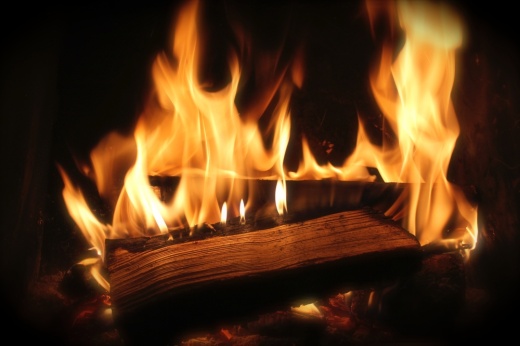Heating is the second-leading cause of home fires in the U.S., according to the National Fire Protection Association, with the risk peaking in December through February. Data from the NFPA shows an average of 45,800 home heating fires occurred each year between 2015 and 2019, leading to an estimated 480 deaths and $1 billion in direct property damage per year.
The main cause of chimney fires, specifically, is the collection of black and brown tar-like residue called creosote.
“Cleaning your chimney clears it of creosote, which can build up over time,” said Pat Flynn, Cedar Park assistant fire chief. “Creosote is flammable and can lead to chimney fires, and can also cause blockages in the chimney flue, which could lead to carbon monoxide.”
Cleaning chimney and fuel-burning appliances needs to be done once deposits of creosote or other combustible materials are detected, according to the NFPA. Unused chimneys and vents can also become home to birds, rodents and other pests. Georgetown Deputy Fire Marshall Jonathan Gilliam encouraged homeowners to find a qualified chimney sweep to diagnose and fix problems.
“In the inspection, they’ll inspect your vents to make sure everything closes properly and operates properly,” Gilliam said. “If it doesn’t, then you could get some carbon monoxide leaking back into your home, and you don’t want that. So not only are they going to check your flue, but they’re going to check every component of your chimney.”
Information provided by the Georgetown Fire Department and Cedar Park Fire Department includes other tips for staying warm and safe during the winter, such as:
- keeping flammable items at least 3 feet away from heating equipment;
- never using a stove to heat a home;
- turning portable heaters off when leaving the room or going to bed;
- ensuring chimney flues are open prior to lighting a fire;
- never leaving the fireplace unattended;
- never burning a Christmas tree in the fireplace;
- never using gasoline or other accelerants to start a fire in a fireplace;
- and testing smoke alarms.





